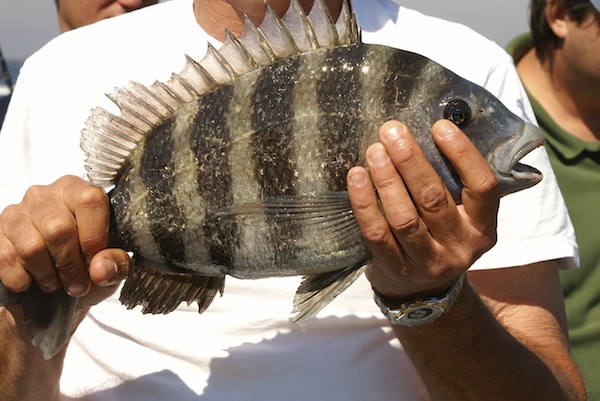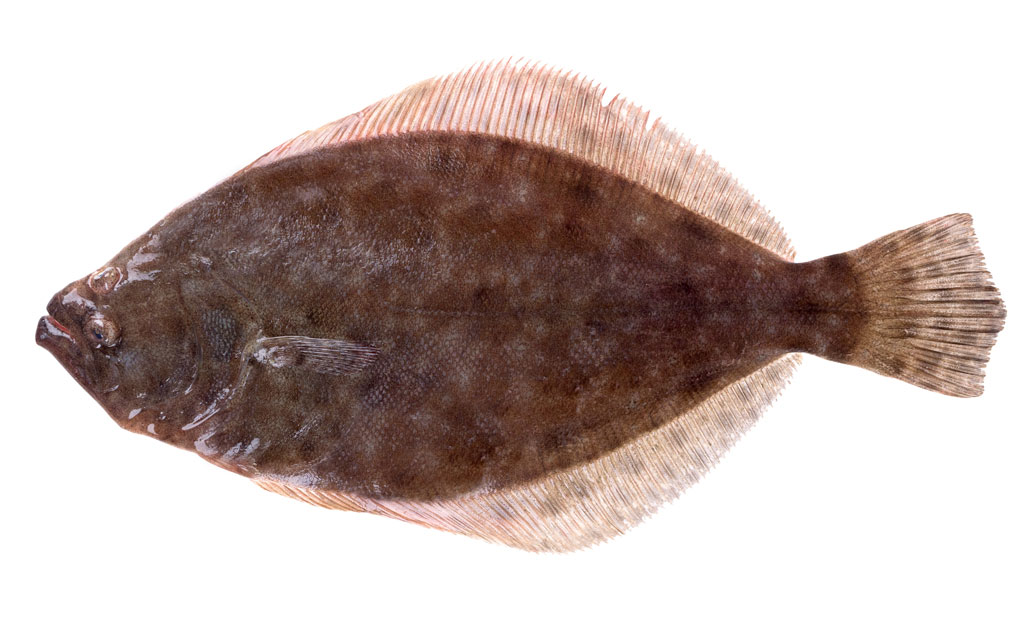
One wholesale fish supplier likens the flakey, delicate meat of a sheepshead to the taste of lobster or crab.
Black and white stripes, snaggle teeth and a reputation as a bait-stealer doesn’t stop the sheepshead from having a loyal following here on the Texas coast, especially in the colder months. When temperatures drop and other fish are sluggish and hard to find, sheepshead are out actively feeding and getting ready to spawn.
The bag limit on sheepshead in Texas is a conservative five fish, reflecting the fact that the most popular time for targeting this catch is before and during their spawning time. By limiting the amount of fish anglers take, the Texas Parks and Wildlife Department hopes to protect these sneaky, scrappy, tasty fish through many winters to come.
The meat of a sheepshead has been likened to crab or lobster. It has a firm flesh, delicate flavor and small flake according to Inland Seafood, a company that supplies fish wholesale to restaurants and retail outlets.
Nature has equipped sheepshead with chisel-like incisors and powerful molars for crushing a steady diet of crabs, mollusks, algae and whatever else they can scrape off rocks and pilings. A tall, flat body topped off with spines reminiscent of their pinfish cousin allows sheepshead to put up quite the fight when hooked. Anglers target sheepshead around bridge pilings, docks, riprap and oyster beds.
Most sheepshead are caught on natural baits such as shrimp, fiddler crab, hermit crab and sometimes sea urchin. These fish, which are also called convict fish because of their black-and-white striped coloration, can be persnickety, requiring a deft touch to detect the right moment to set the hook. Even then, sheepshead will often strip the bait without getting hooked.
Some anglers prefer to use a bobber to keep track of their bait, while others prefer to use just a small weight and hook. Sheepies can occasionally be taken on flies and lures but usually turn up their noses at artificial offerings.
Sheepshead spawn in nearshore waters during the months of February, March and April. A mature female will lay an average of 85,000-90,000 eggs, with roughly 10 percent of those offspring surviving until adulthood. Like many fish species, male sheepshead are generally smaller than females. If you catch a sheepshead over five pounds, there’s a good chance that fish is at least 10 years old.





